Naturalized landscaping existing forest
Llanwenlys
9 years ago
Related Stories
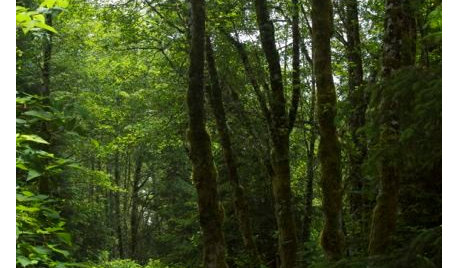
LANDSCAPE DESIGNLet Nature Inspire Your Landscape: Ideas for a Woodland Garden
Fill your senses with the magic of a wild forest-inspired garden — from shady understory plants to towering treetops
Full Story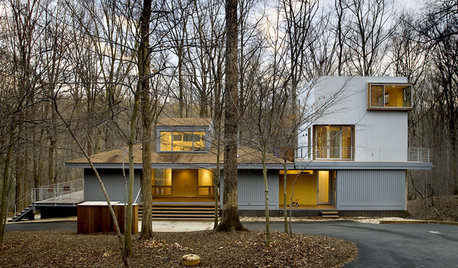
HOUZZ TOURSHouzz Tour: Modern Tower in a Virginia Forest
A tower with industrial materials, picture windows and citrine splashes makes a striking addition to the surrounding landscape
Full Story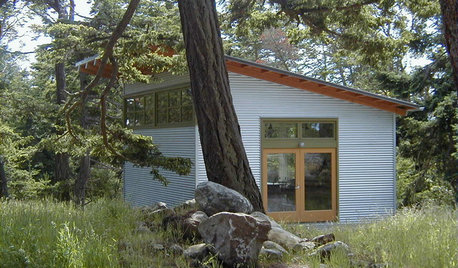
VACATION HOMESHouzz Tour: 3 Small Buildings Maximize Nature Views
This Washington artist's island trio treads lightly on the land, opens up to water and forest vistas, and offers privacy
Full Story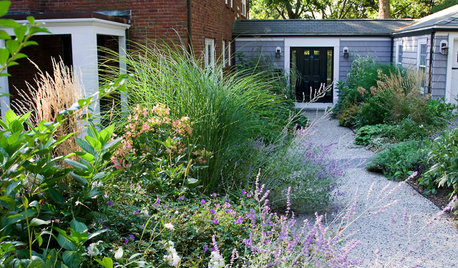
GARDENING AND LANDSCAPINGLay of the Landscape: Natural Garden Style
Team up with nature instead of fighting it for a landscape that perfectly suits your surroundings — and is a lot less work
Full Story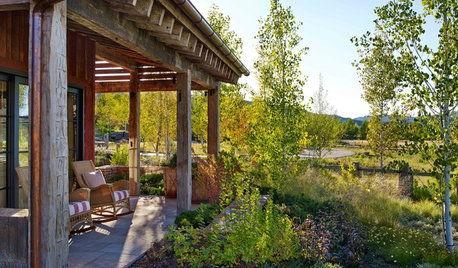
EVENTSSee 5 Colorado Landscapes That Blend Nature With Artistry
These Denver and Aspen gardens — part of the Cultural Landscape Foundation’s Garden Dialogues series — embrace their larger environments
Full Story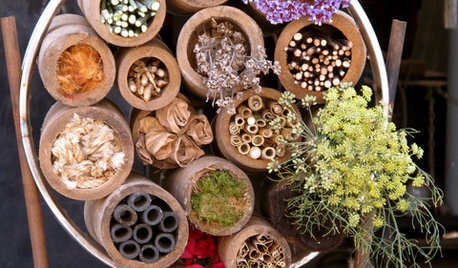
URBAN GARDENSGardeners Champion Nature's Cause in the City
Garden advocates and artists in San Francisco have joined forces to find creative ways to bring nature back into the urban landscape
Full Story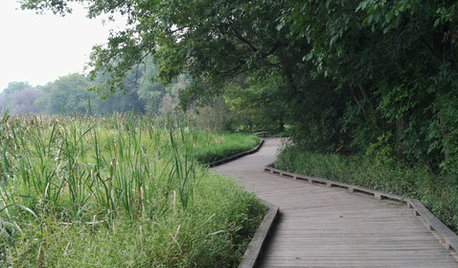
GARDENING AND LANDSCAPINGBoardwalks Bridge the Gap to Nature
Previously inaccessible parts of the landscape can roll out the welcome mat with help from these clever and beautiful pathways
Full Story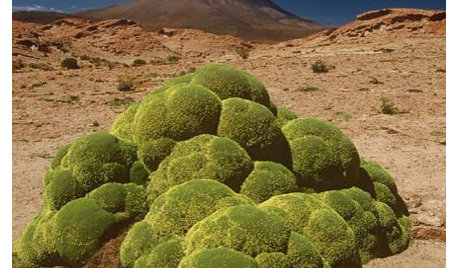
LANDSCAPE DESIGNLet Nature Inspire Your Landscape: Devise a Desert Garden
Looking for the ultimate low-maintenance plant picks? Nature is way ahead of you
Full Story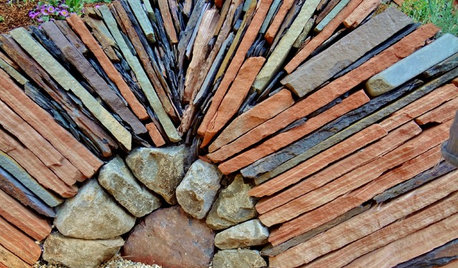
LANDSCAPE DESIGNFollow Nature’s Lead for Artful Stacked Stones
Surprise and delight in the landscape with rock formations resembling wildland hoodoos and cairns
Full Story
HOUZZ TVHouzz TV: This Dream Midcentury Home in a Forest Even Has Its Own Train
Original wood ceilings, a cool layout and, yes, a quarter-scale train persuaded these homeowners to take a chance on a run-down property
Full Story







mikebotann
ken_adrian Adrian MI cold Z5
Related Professionals
Carlisle Landscape Architects & Landscape Designers · Derry Landscape Architects & Landscape Designers · White Oak Landscape Architects & Landscape Designers · Gainesville Landscape Contractors · Norwood Landscape Contractors · Gallatin Landscape Contractors · Old Saybrook Landscape Contractors · Parker Landscape Contractors · Secaucus Landscape Contractors · Selma Landscape Contractors · Clarksburg Fence Contractors · Columbia Fence Contractors · Fort Worth Fence Contractors · Georgetown Fence Contractors · Glenview Fence Contractorslarry_gene
mikebotann
Embothrium
mikebotann
George Three LLC
LlanwenlysOriginal Author
mikebotann
quillfred
George Three LLC